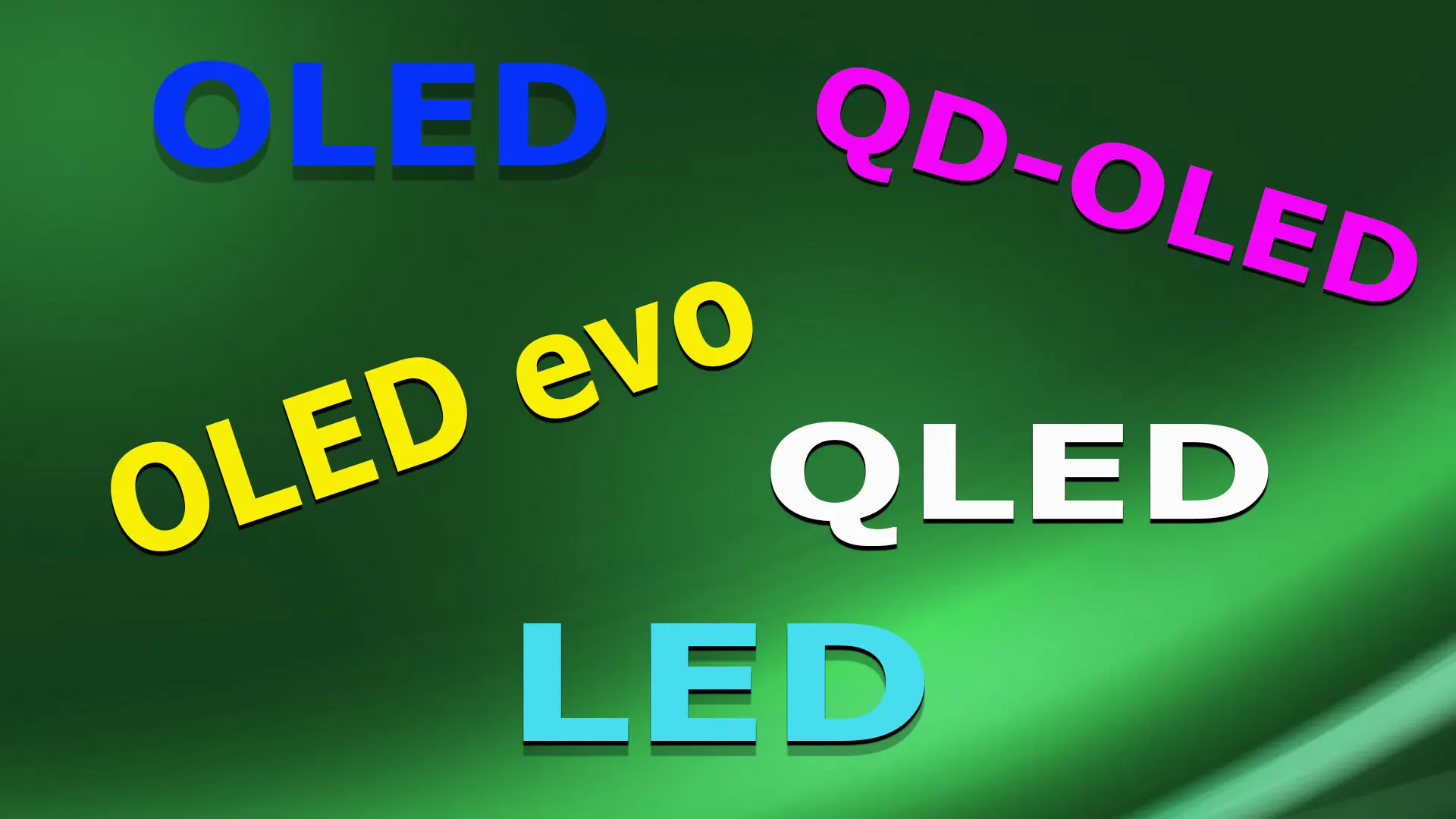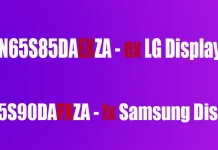If you are an avid gamer looking for the best TV for video games, you’ve likely read several articles and still need clarification. While the Samsung S90C OLED TV (2023 model) is highly recommended, why not opt for the 2024 S90D model instead? The answer is simple: determining the perfect TV that meets all a gamer’s needs is challenging. Though the S90D is similar to the S90C, choosing the suitable TV requires understanding several vital criteria.
Here are the essential requirements that gaming TVs must meet:
Important Technical Parameters for Gaming TVs
- Gaming Features Modern TVs offer features such as Variable Refresh Rate (VRR) and Automatic Low Latency Mode (ALLM). These features automatically switch the TV to game mode when a game is launched from a compatible device. HDMI 2.1 support allows playing games in 4K resolution at up to 120 fps on PS5 and Xbox Series X or even in 4K at 144Hz.
- High Refresh RatesHigh refresh rates, such as 120Hz and 144Hz, allow for smoother gameplay and indicate that the TV has a quality display matrix and processor.
- Input Latency and Response Time
- Input Latency: This is the time it takes for a frame sent by a source (such as a game console) to appear on the screen. Low input latency provides a more responsive experience, as actions from a controller or mouse are reflected on the screen faster. The best TVs can achieve input latency as low as five to ten milliseconds.
- Response Time: It takes time for a pixel to transition from one color to another. OLED TVs are the best regarding response time, as their pixel change is almost instantaneous. However, due to the human eye’s residual vision, even in OLED TVs, response time is perceived as 5-7 milliseconds.
- TV ContrastContrast significantly affects picture quality. The better the display, the better the contrast. High contrast ratios are crucial for delivering vivid and lifelike images.
- Image BrightnessIn HDR, maximum brightness is essential for making bright parts of the image stand out against the deep blacks. If you’re gaming in a brightly lit room, your TV needs to have high enough brightness to compensate for glare.
Screen Types for Gaming: OLED, QD-OLED, OLED EVO, QLED, LED
When choosing a TV for gaming, it’s essential to consider the features of different screen types. Here are the leading screen types and their features:
OLED (Organic Light Emitting Diode) by LG
Features:
- Individual Pixel Illumination: Each pixel on an OLED display emits light independently, resulting in deep blacks and excellent contrast.
- Fast Response Time: The fast on-off switching of pixels makes OLEDs ideal for dynamic games with minimal motion blur.
- Cons: OLED displays can suffer from pixel burn-in when displaying static images for long periods. Additionally, they have lower brightness, which can be a drawback in brightly lit rooms.
Samsung QD-OLED (Quantum Dot OLED)
Features:
- Higher Brightness: These panels feature larger and brighter pixels, enhancing visibility in bright environments.
- Deep Blacks and High Contrast: This advantage is common to all OLED displays.
- Cons: Higher power consumption than traditional OLEDs from LG and the possibility of burn-in with static images.
OLED EVO by LG
Features:
- Improved Brightness: OLED EVO panels offer better brightness than conventional OLEDs, achieved by using microlenses near the pixels, providing better visibility in bright environments.
- Cons: While burn-in risks have been reduced, they still exist.
QLED (Quantum Dot LED)
Features:
- Bright and Vivid Colors: The Quantum Dot filter layers significantly enhance color reproduction, making images brighter and more saturated.
- High Brightness: QLED TVs can achieve very high brightness, which is useful for gaming in brightly lit environments.
- Durability: No risk of pixel burn-in, making them more reliable for long-term use.
- Cons: The blacks and contrasts are not as deep as those of OLED displays.
LED (Light Emitting Diode)
Features:
- Affordability: LED TVs are generally cheaper compared to OLED and QLED.
- Cons: They lack the deep blacks and high contrasts found in OLED and QLED.
The most preferable displays for gaming are the LG OLED evo and the QD-OLED by Samsung. Various manufacturers, including Chinese companies, produce QLED and LED displays, and the quality can vary based on the generation of the factory where the display was made. When choosing these, consider the price-to-quality ratio.
Ranking displays by image quality
Here’s a little table that you can use to visualize, on a 10-point scale, how displays rank in terms of image quality.
| Display Type | Points |
|---|---|
| OLED | 8 |
| QD-OLED | 10 |
| OLED evo | 10 |
| QLED | 7 |
| LED | 3 |






